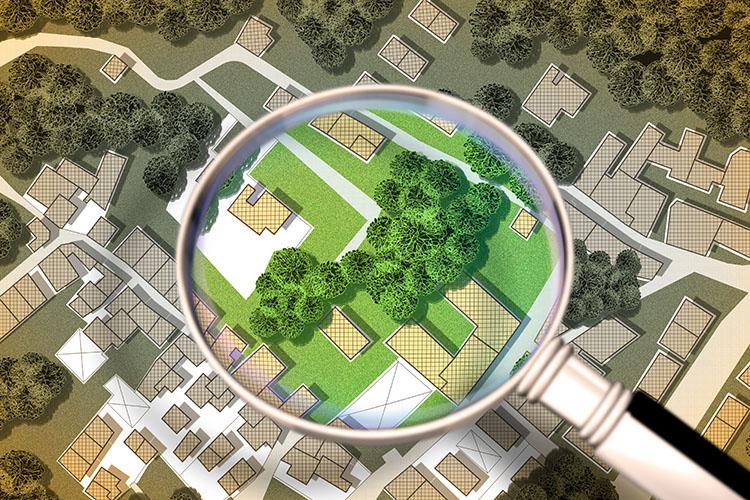Archaeologists also uncovered an early residence of the nobility in Třebíč Square
Archaeologists say that the extensive archaeological excavation of Martin Square in Třebíč has been beneficial. The so-called Vienna Gate, whose fragments are the best preserved of the former city gates, was also captured in the field. They also uncovered an early medieval noble residence associated with a church, which they were able to link to the earliest written records of the city. The research triggered by the square's renovation will end this month. Archaeologists are now supervising the surface work, said Aleš Hoch, an archaeologist at the Museum of the Highlands of Jihlava.
"Trebic had three gates, Jihlavská, after which nothing much has survived, the so-called Jejkovská - part of it was uncovered during research as part of the (repair of) Charles Square. And this so-called Vídeňská is actually the best preserved, so it will be more or less quite nicely reconstructed," Hoch said. It will be reconstructed using a 3D model. The uncovered parts are from the 14th and 15th centuries. The gate had an entrance about 1.5 metres wide and a narrow pedestrian passage. "And we can think that there was also space for a so-called wolf pit, into which the drawbridge was folded," Hoch said. Archaeologists uncovered the remains of the upper part of the gate about 1.5 metres below the ground. It disappeared in the 19th century, as evidenced by surviving drawings of the town.
An important part of the archaeologists' work on the reconstruction of the square and adjacent streets, which began last spring, was the uncovering of part of the cemetery at St Martin's Church. They identified the remains of up to 320 individuals buried in the 12th to 16th centuries.
Thanks to radiocarbon dating of the skeletons, it was also possible to determine the age of the remains of the settlement from the time when Trebic was not yet a town. A Romanesque church building stood on the site of the present church. "It is hidden somewhere under the foundations (of St. Martin's Church, originally Gothic), but today it practically no longer exists. We have not been able to document it archaeologically, but we are still planning some non-destructive methods," Hoch said.
At the turn of the 12th and 13th centuries, there was also a so-called courtyard near the church, an early form of a castle, i.e. a fortified residence of the emerging nobility. According to Hoch, a manor house next to a church was common at the time, and the nobleman was also the owner of the church, which did not yet belong to the church. The manor has been archaeologically documented on the north side of the church by a preserved moat, the remains of a wooden palisade and the stone base of the palace, which was wooden. It probably disappeared in the first third of the 13th century. Archaeologists derived the date from the discovery of coins of Přemysl Otakar II in the buried moat. "We dare to connect it with one of the oldest surviving documents about Trebic, which dates back to 1225 and mentions that a noble woman of that time, Helvida, identified as the wife of the margrave, exchanged land with the Trebic monastery," Hoch said. The land swap was related to the construction of a monastery in Oslavany, for which Helvida needed the land owned by the Trebic monastery and offered the land she owned in Horka. Horka-Domky is today a district of Trebic.
Some of the new archaeological finds will be exhibited in the town tower in the summer, and will also expand the exhibition "Disappeared Trebic", which is in Předzámčí.
Source: CTK









